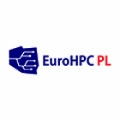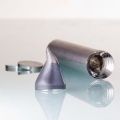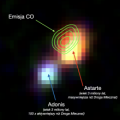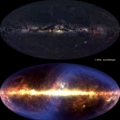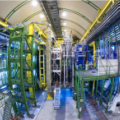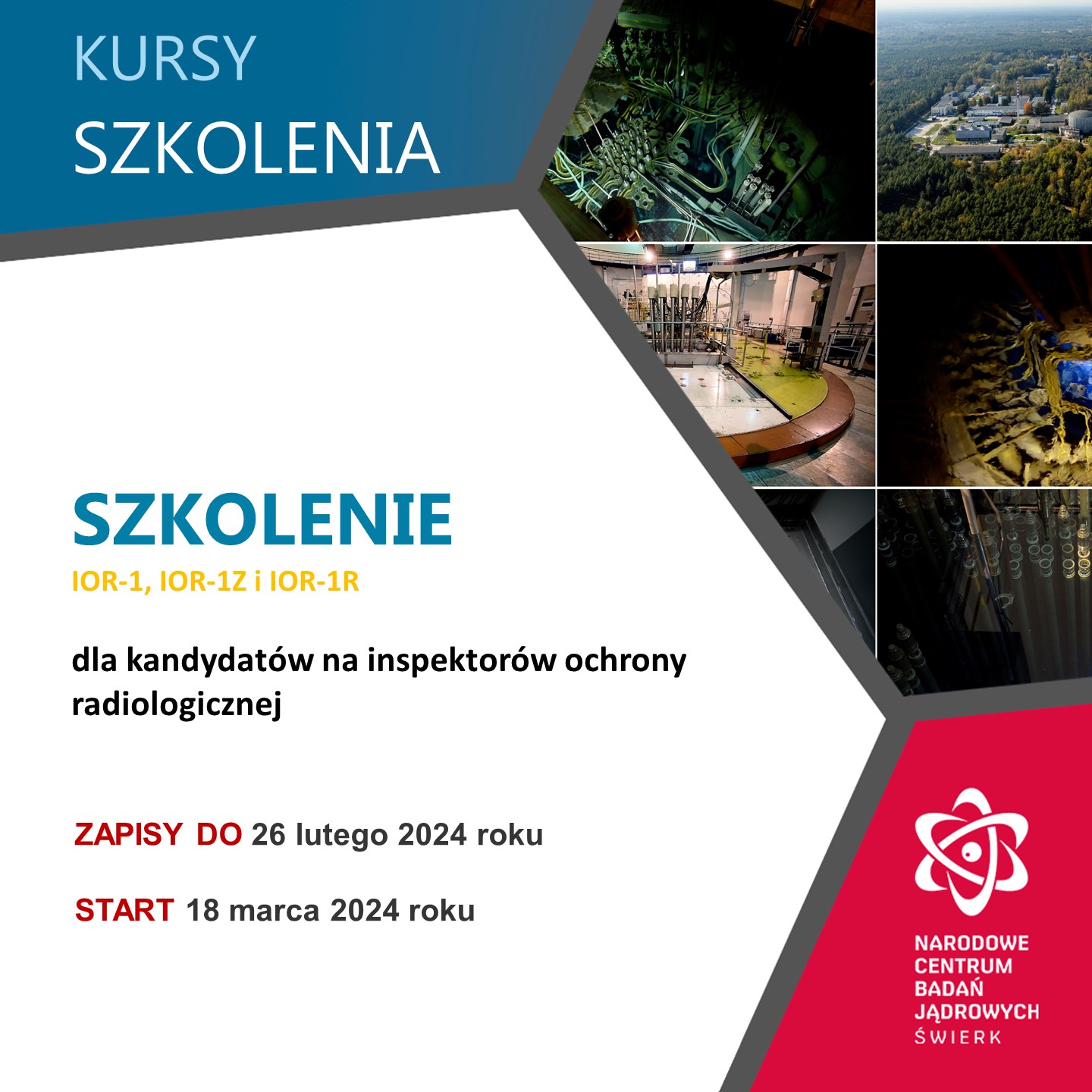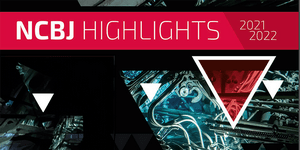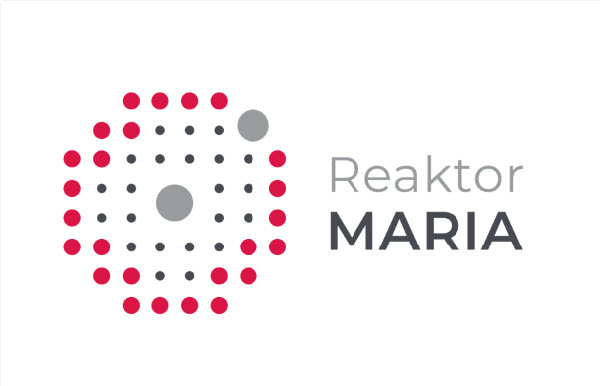SONATA BIS: The search of precision in nonlinear high-energy QCD
2021.03.18 - Marek Pawłowski
Three NCBJ scientists received grants in the 10th edition of the NCN SONATA BIS competition. One of them is Dr. Guillaume Clement Beuf from the Department of Theoretical Physics. The project 'The search of precision in nonlinear high-energy Quantum Chromodynamics' focuses on the theory's regime, which can be studied by high-energy particle collisions without wide-angle scattering or heavy particle production.
----
Building the Polish part of the European computer ecosystem with the participation of NCBJ
2021.03.15 - Marek Pawłowski
Powstaje EuroHPC - sieć superkomputerów eksaskalowych, czyli zdolnych do wykonywania ponad jednego biliona operacji na sekundę wyposażonych w innowacyjne technologie i aplikacje służące społeczeństwu, nauce i gospodarce. Zadaniem NCBJ wchodzącego w skład polskiego konsorcjum EuroHPC PL będzie m.in. rozwinięcie platformy do symulacji kwantowych i obrazowania medycznego.
----
A starry sky made of more than 25,000 supermassive black holes
2021.03.02 - Marek Pawłowski
The map published in the journal Astronomy & Astrophysics reveals more than 25,000 active supermassive black holes in distant galaxies. It is the result of a survey of the sky carried out over radio frequencies. Dr hab. Katarzyna Małek from the NCBJ Astrophysics Division participated in the preparation of the work.
----
What is the shape of the dark matter halo?
2021.02.26 - Marek Pawłowski
Ph.D. Anna Durkalec from the NCBJ Astrophysics Division belongs to the group of 12 associate professors awarded in the Institute in 2020. Dr. Durkalec begins the description of her research by asking a few questions.
----
NOMATEN examines metal glass and alloys with high entropy
2021.02.24 - Marek Pawłowski
The NOMATEN group of scientists is looking for configurational entropy and glass transition relationships in high-entropy alloys (HEA) using dynamic simulations at the molecular level. Dr. Rene Alvarez-Donado presented some of his team’s results in January at the web conference “Recent advances on the glass problem” organized by the Center Européen de Calcul Atomique et Moléculaire (CECAM).
----
Sudden Death in the Universe - The agony of a massive dusty galaxy as seen by its blue companion
2021.02.17 - Marek Pawłowski
Heavily dust-obscured ultramassive star-forming galaxies in the early Universe contributed significantly to the cosmic star formation rate. But, how did such objects manage to build up their stellar masses at a relatively short time? Were they once starburst galaxies or were they gradually forming stars, exhausting their hydrogen reservoirs?
----
SONATA BIS: DINGLE - Dust IN Galaxies
2021.02.16 - Marek Pawłowski
Three NCBJ scientists received NCN SONATA BIS grants, which will allow them to build or strengthen their own research groups at the Institute. The project entitled "DINGLE - Dust IN Galaxies: Looking through its Emission" was prepared by Dr. Ambra Nanni from the NCBJ Astrophysics Division. The author explains its assumptions:
----
SONATA BIS: beyond the Standard Model
2021.02.16 - Marek Pawłowski
Three NCBJ scientists received NCN SONATA BIS grants, which will allow them to build or strengthen their own research groups at the Institute. One of the distinguished is dr hab. Enrico Sessolo from the Theoretical Physics Division, who received a grant for a project entitled „Searching high and low: a multi-scale approach to the physics beyond the Standard Model”.
----







